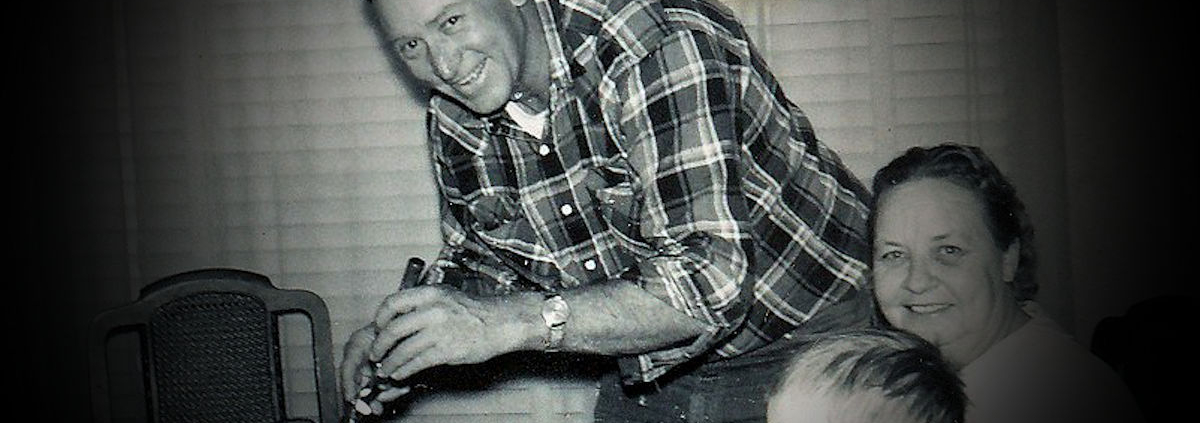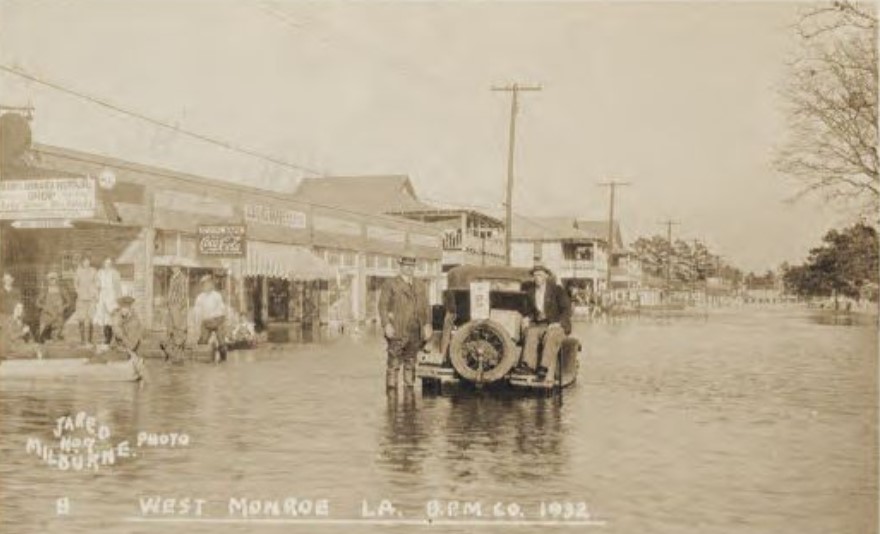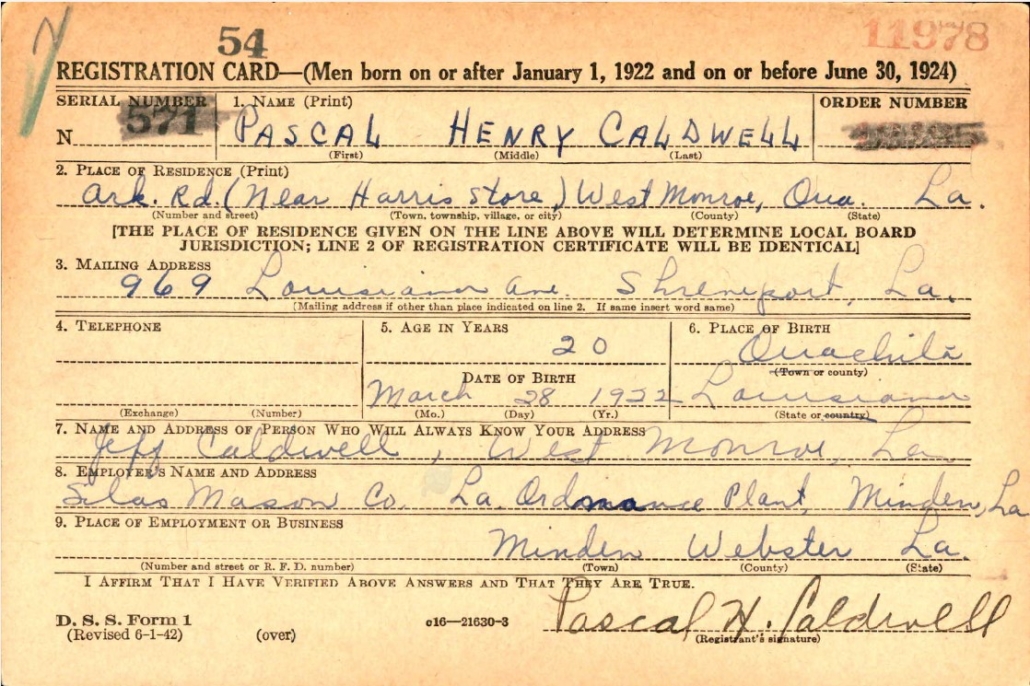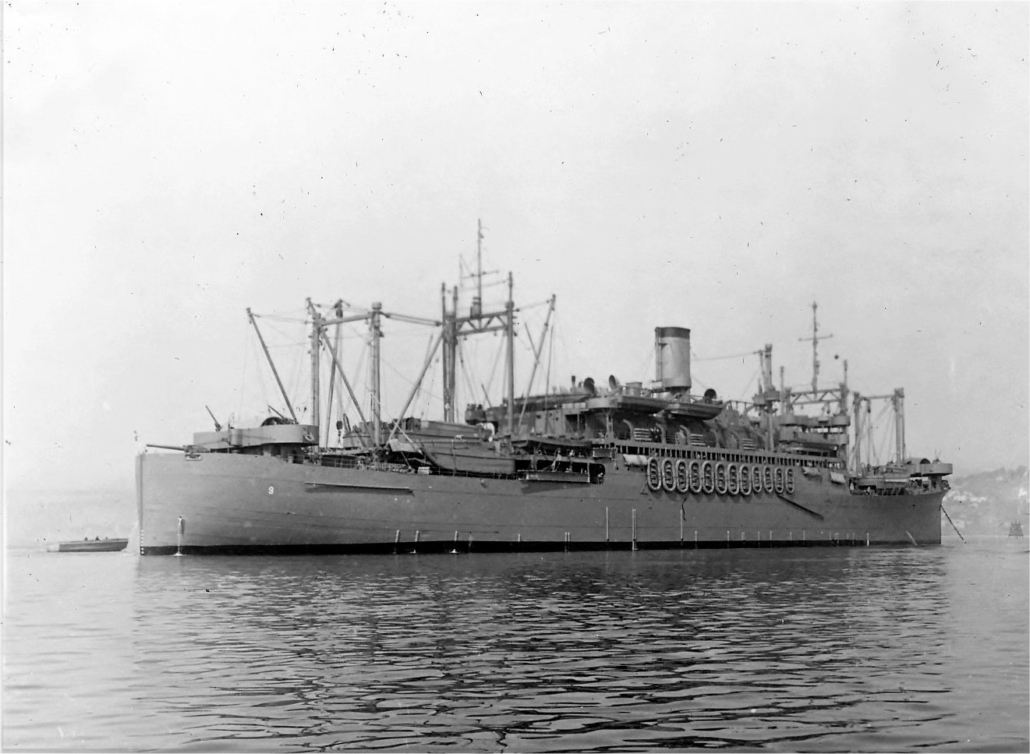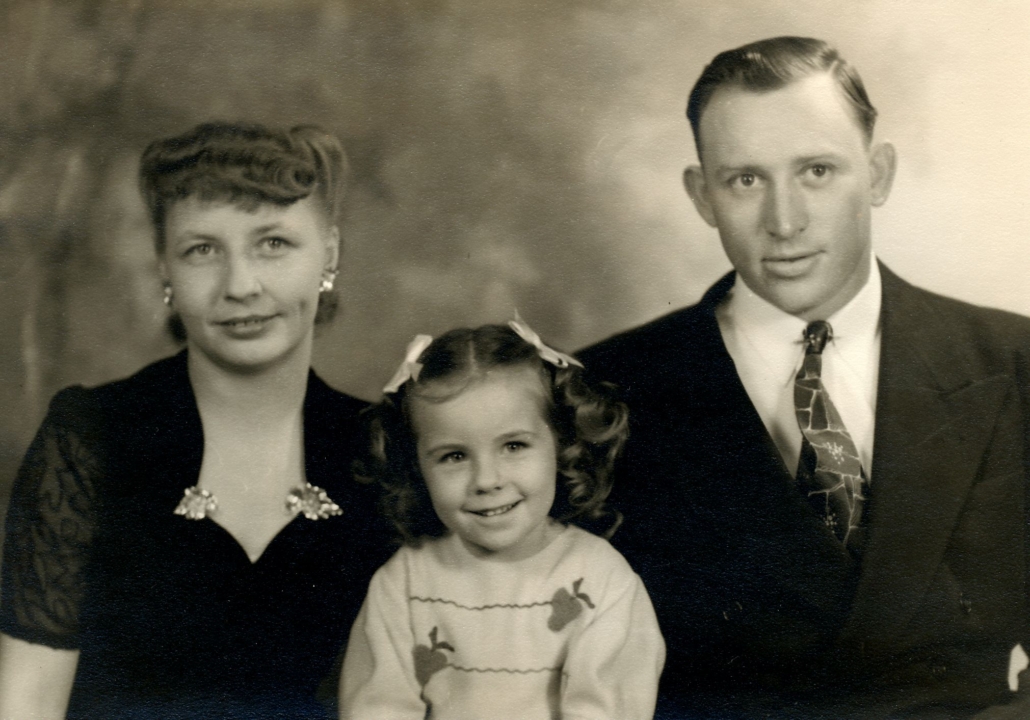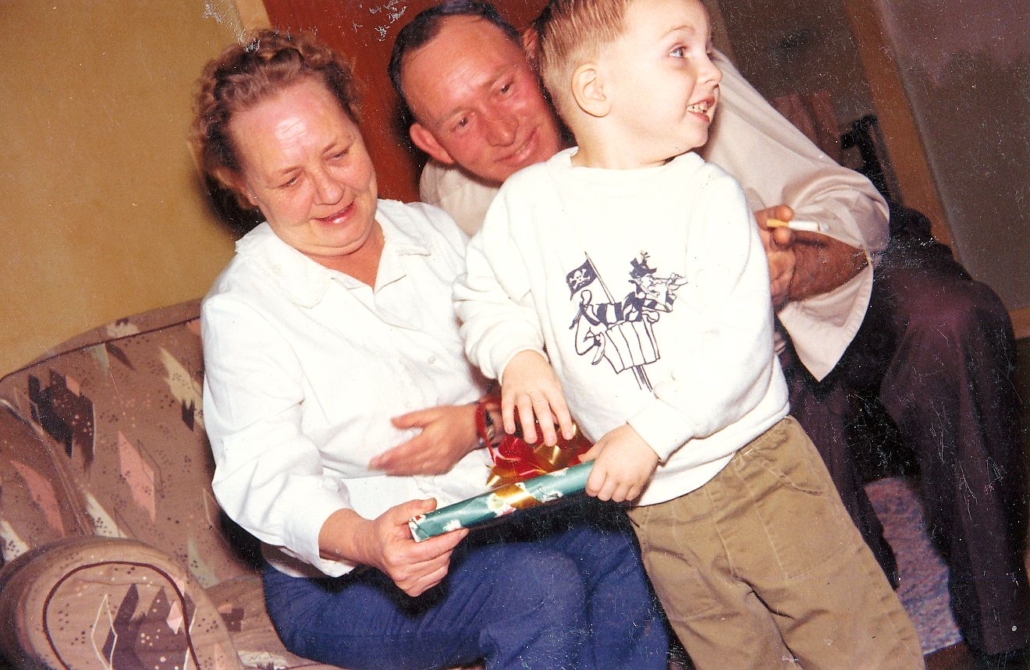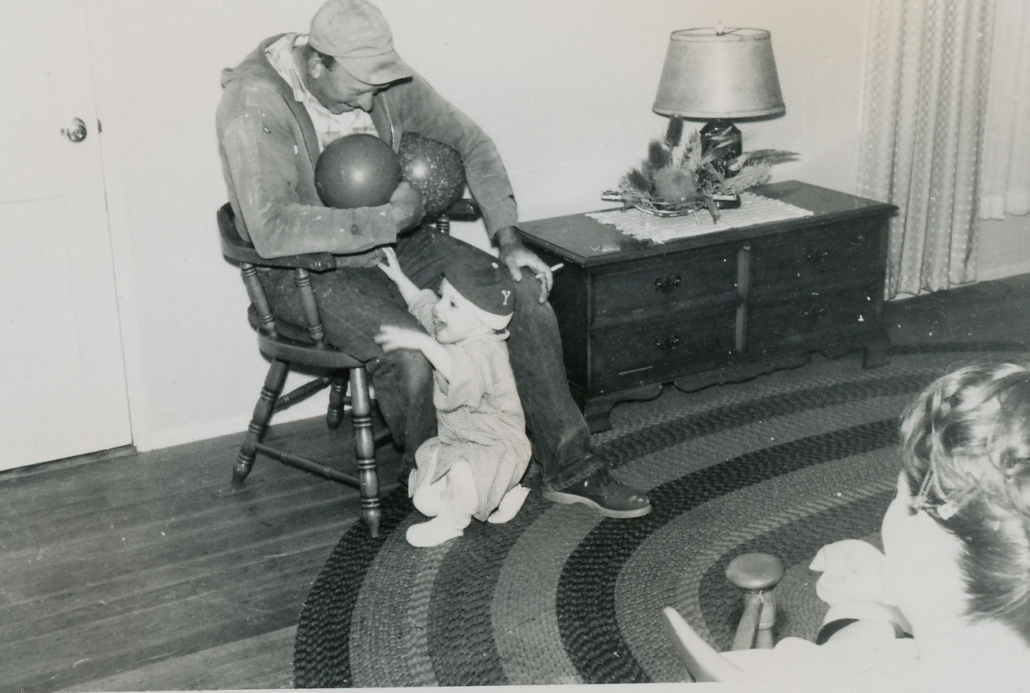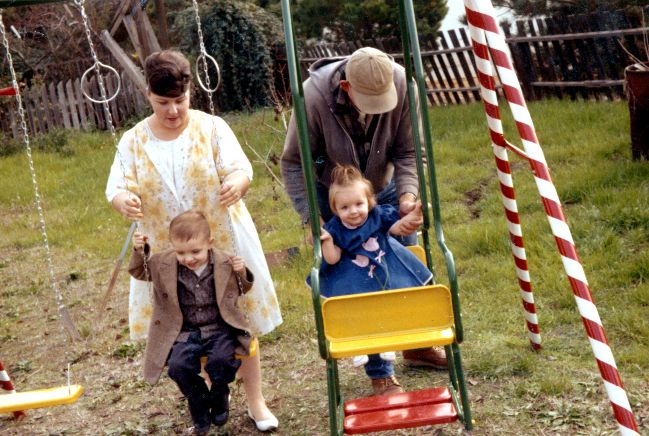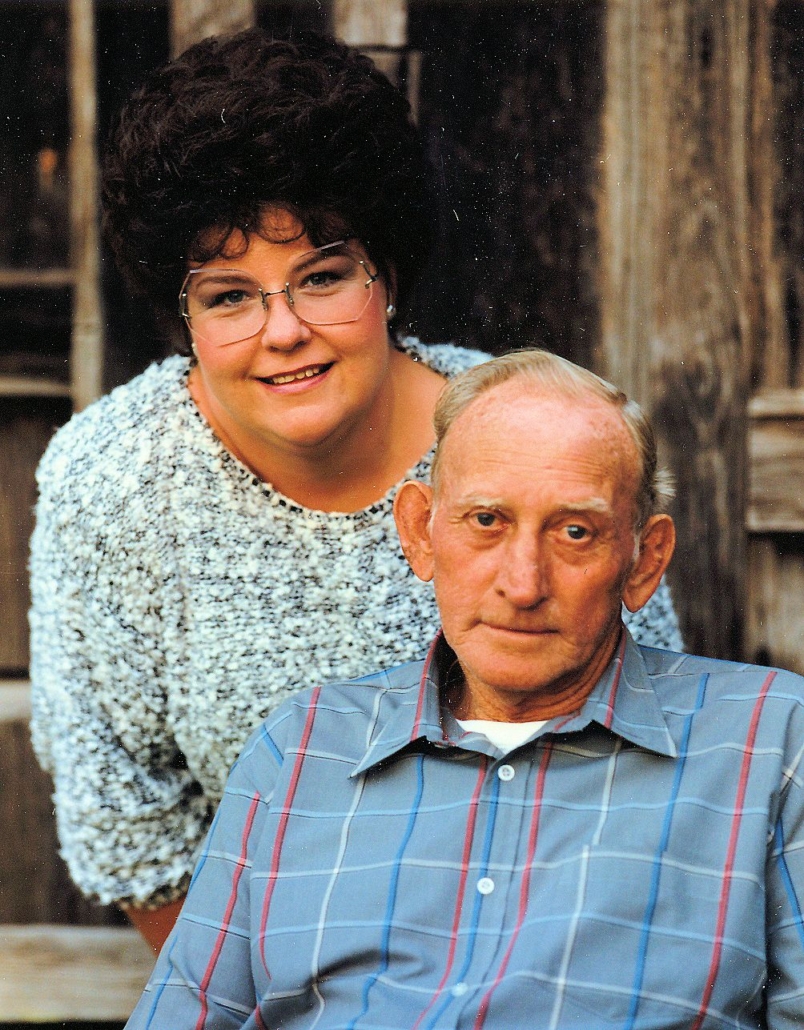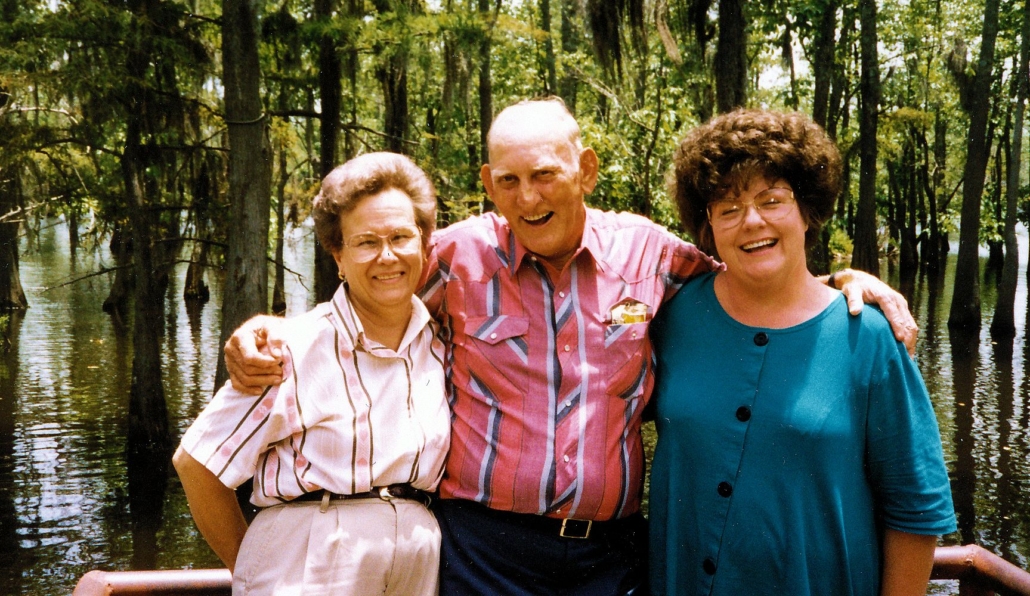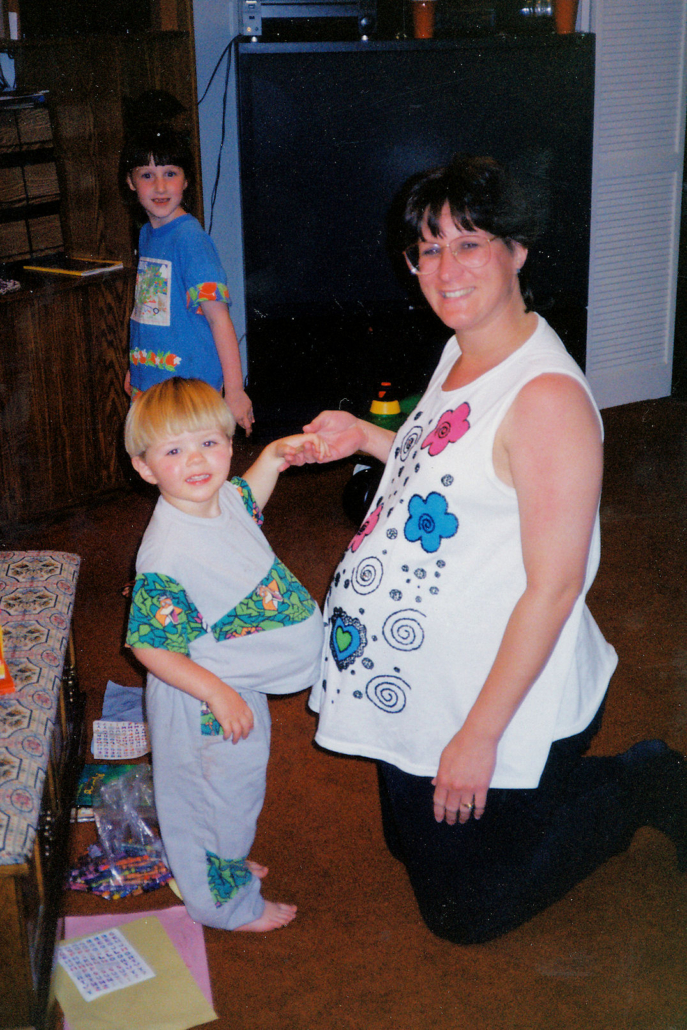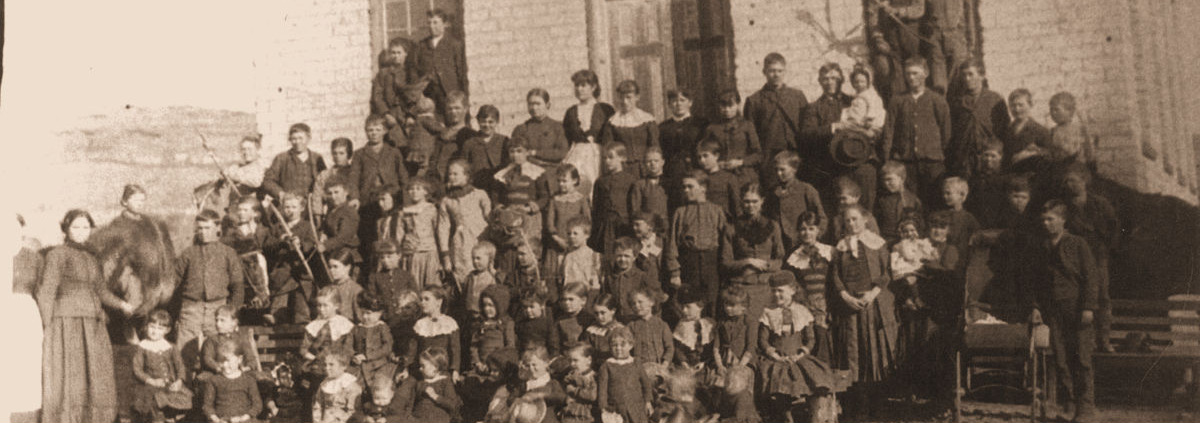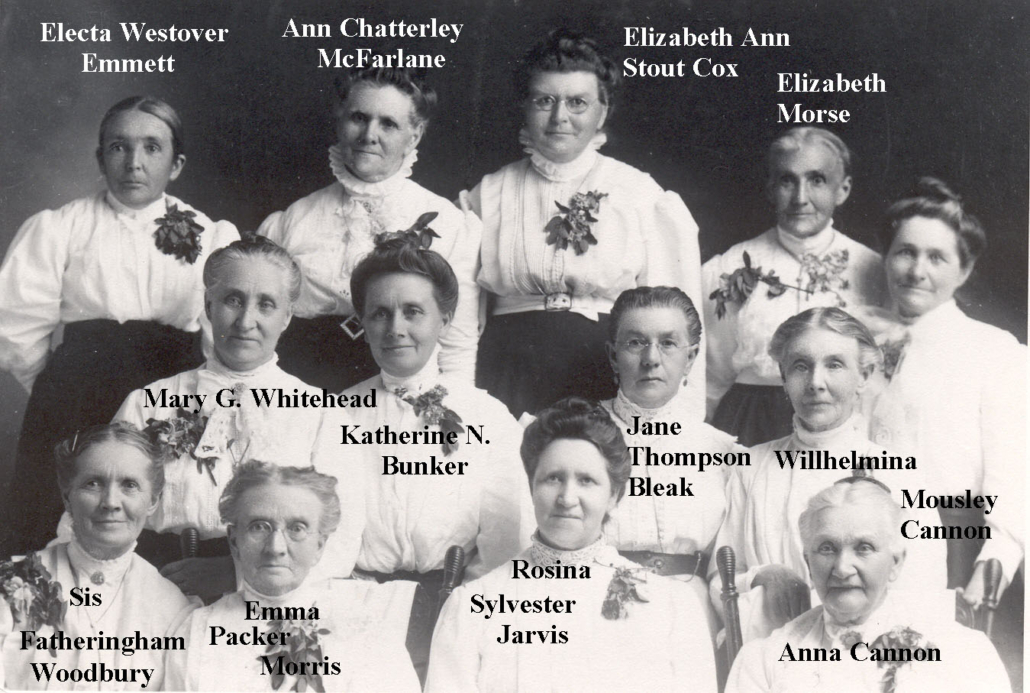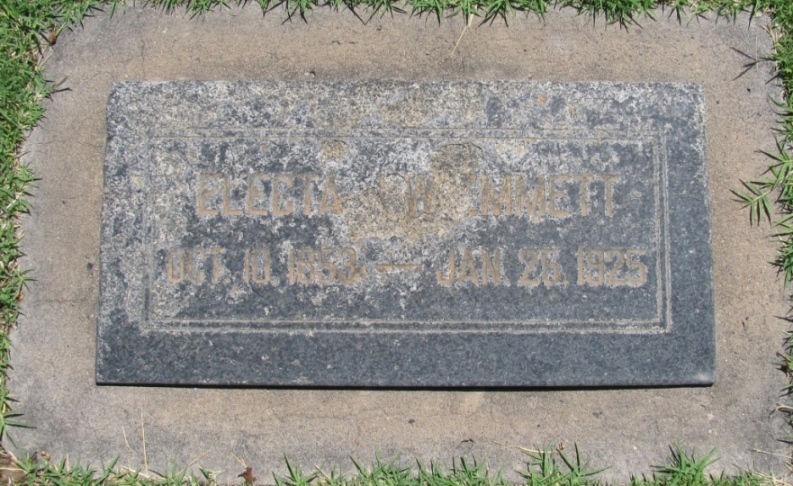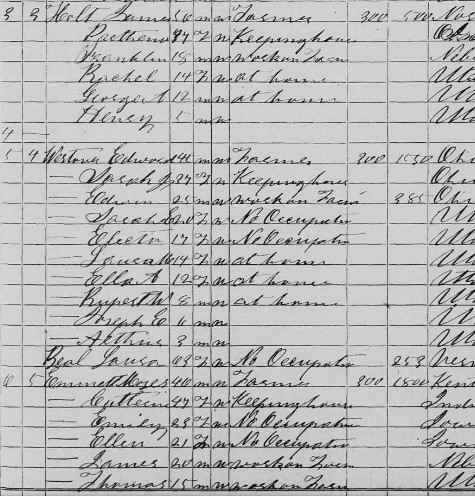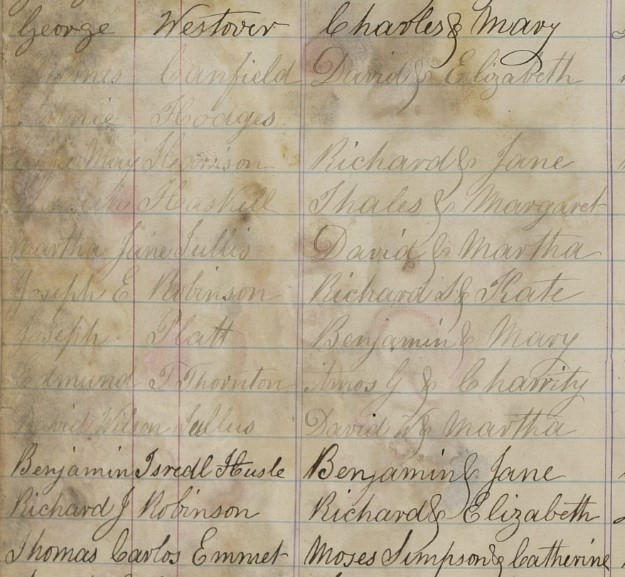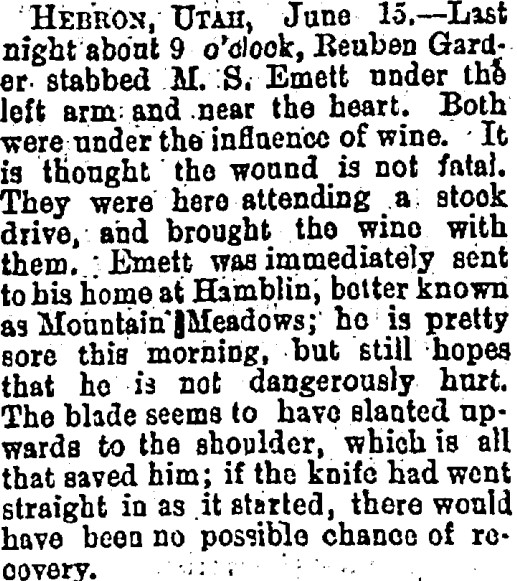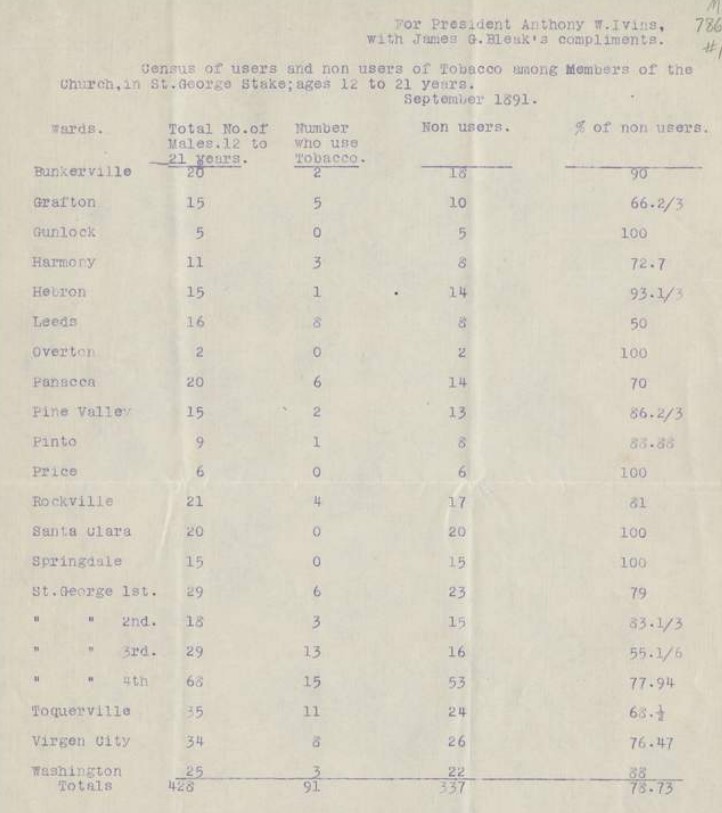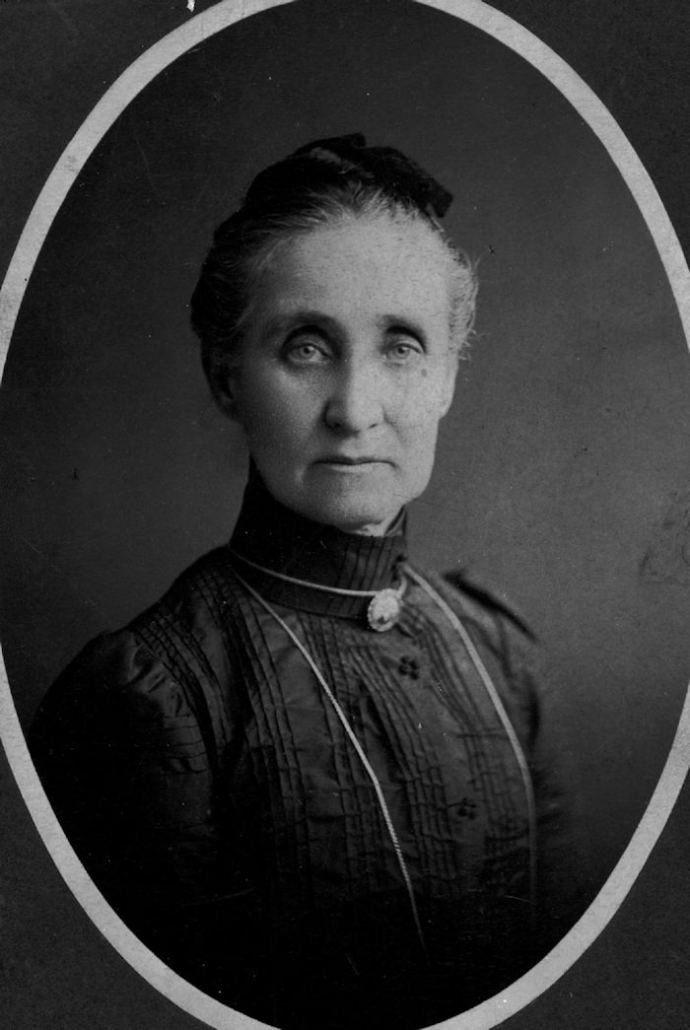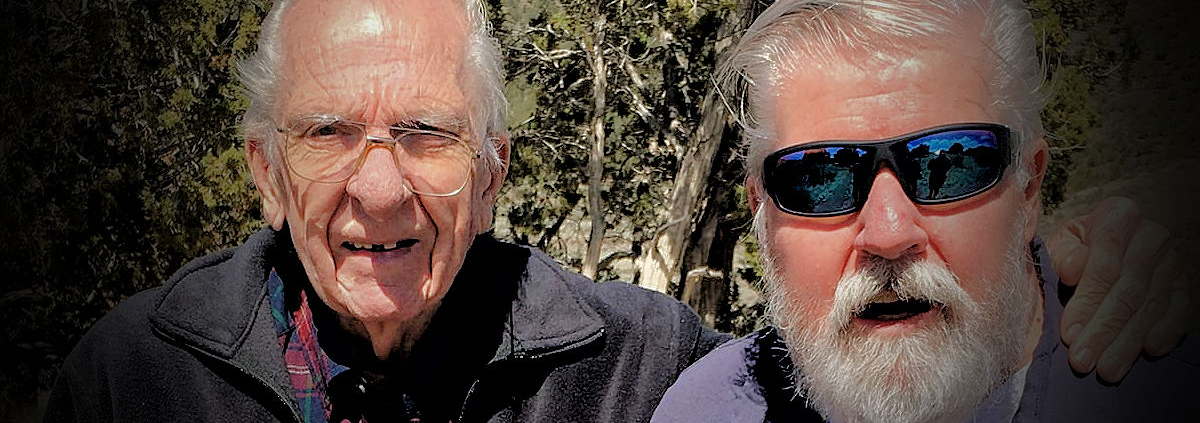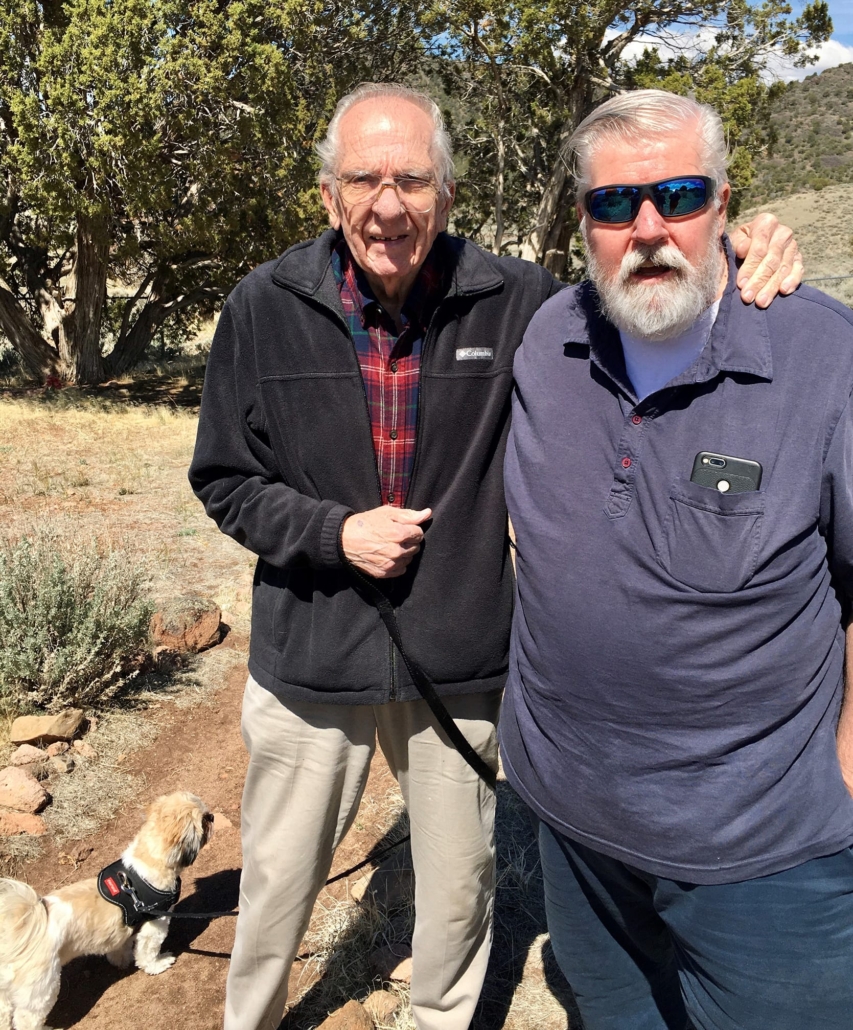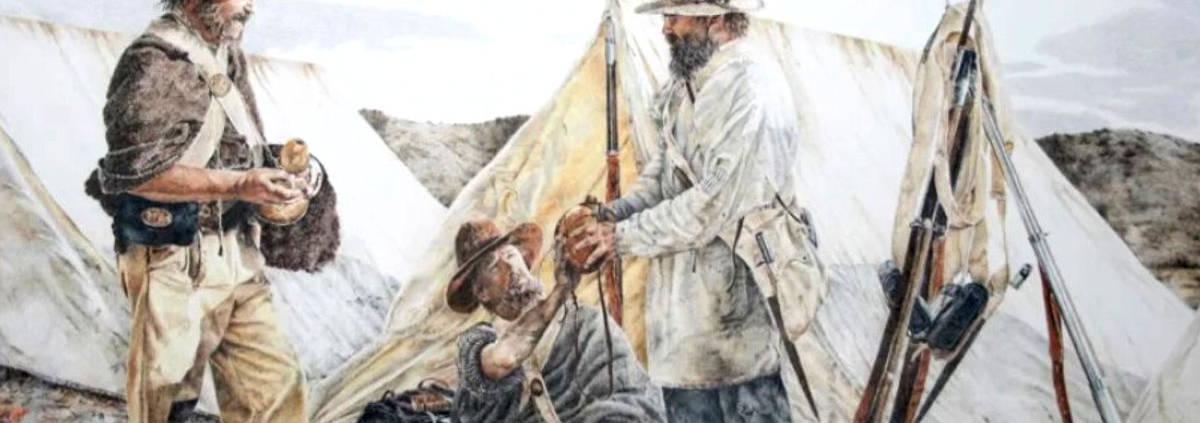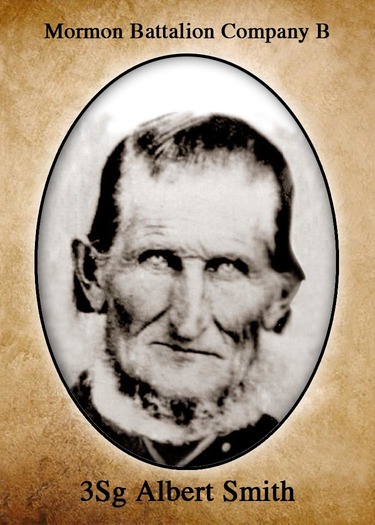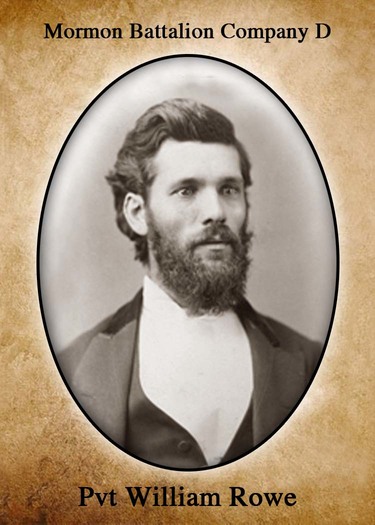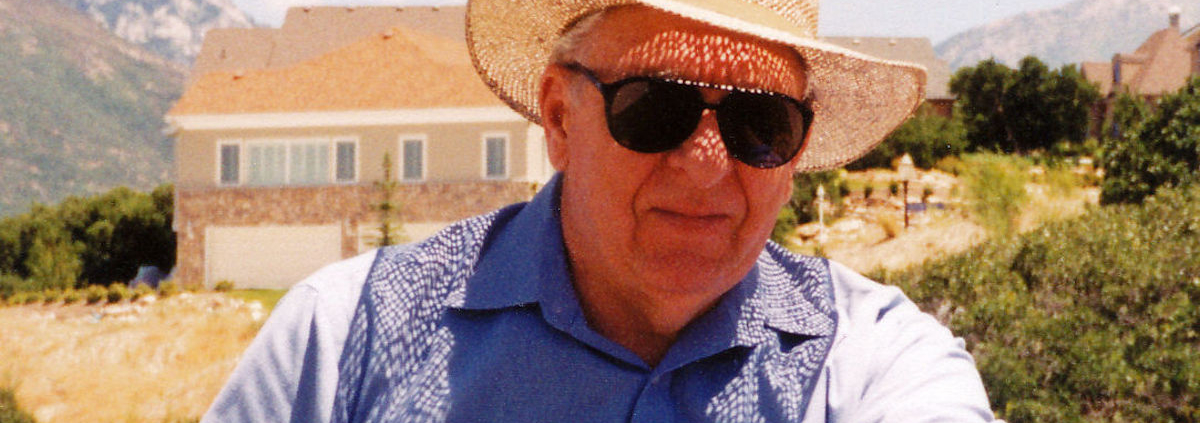The History of Pascal Henry Caldwell
In March of 2022 we marked the 100th birthday of Pascal Henry Caldwell, an individual who owns a unique place in our family history.
For all of us connected to him with the name of Westover none of us are actually blood-related. He is my mother’s step-father, and thus my step-grandfather.
Pascal Henry Caldwell married my grandmother, Winifred Calista Welty Begich, after the death of my grandfather, Carl Begich. They married in 1946.
My father, in the last year of his life in 2021, took up the project of Pat Caldwell’s history. Dad felt that with 25 years having passed since the death of Pascal Henry Caldwell it was time that more of his story was told.
This history includes the words and the work of my father that he was able to put forth in his final year. It also contains many of my (Jeff Westover) own memories and observations as a grandson.
We, his grandchildren, called him Bumpa, a name bestowed upon him by my big brother who had difficulty saying “Grandpa” as a toddler. We still call him Bumpa.
I make no claim to this being either a comprehensive or wholly complete accounting of his life. There are gaps in his history that are unknown to us. Some of his history he struggled to forget and some he simply did not want to share.
He was a man with sad connection to his past and some of it he was not proud of or was hurt by.
These realities are common to us all and, in his case, they go far in telling the lessons of his journey. Pat Caldwell was not a man who ran away from weakness. In fact, he confronted them with candor and honesty.
But what he could not understand, especially in relation to the choices of others, he simply never tried to explain or make excuses for.
What drove my Dad to work on this history was not only a love for my mother but also genuine affection and admiration for a man who was a different type altogether. Dad saw some of the days of Pat Caldwell’s past that he wanted to forget.
What Dad witnessed was a man who took responsibility for his own redemption and one who, as Dad would say, “lived his life in crescendo”. There are many lessons to be learned of such a man. We – meaning my father and I – hope to share some of those lessons from what we do know of his history.
Our hope is that Bumpa – and his family – can remain of interest to future generations who want to understand us. Because Pat Caldwell is an influential individual in our history. His life meshes with ours. We claim him with love and loyalty.
~ Ancient Caldwell Family History ~
The Caldwell family beginnings can be traced to 12th century France when Guillaume William Calwel married Lady Joanna De Lorraine I in the year 1175 . The name Caldwell has been falsely stated as meaning “cold well” (as in water) of English origin.
But clearly these Caldwell family lines can be drawn to France, where the family name was known as Caulwel or Calwel. The paternal lines stayed in France until the early 1500s, when Alexander Thomas Caldwell raised a family with Annie McCutcheon in Scotland.
One of their grandsons, John Caldwell, ended up a merchant in Ireland until around the year 1640.
John’s grandson – John Finley Caldwell – came to the New World in 1727, landing at New Castle, Delaware. He became a pioneer of Lunenburg County, Virginia.
When a grandson of John Finley Caldwell by the name of Robert Caldwell died, his wife moved their family to Kentucky.
It was Robert’s grandson, John Willis Caldwell, who raised a large family of ten children, including the youngest born in 1833 named James Marion Caldwell.
James Marion Caldwell was born in Tennessee but would pass away in 1914 in a place known as West Monroe, Louisiana. This is the place that would anchor Bumpa’s Caldwell family all during the 20th century.
The middle of seven children to James and Sarah Caldwell was born in 1872 in West Monroe. His name was Walter Meter Caldwell.
The twin cities of Monroe and West Monroe were named after President James Monroe. But the area has a colorful history dating back centuries. Both towns are located in Ouachita Parish and so named after the Ouachita Indians who were native to the area. There were several stops and starts to these towns that straddle the Ouachita River.
West Monroe got its official start in 1880, so the Caldwells were there really from the beginning. They were farmers.
Walter M. Caldwell married Rosa Pickering in 1900. He was 28 and she was 36. She died in 1908 at the age of 44, having given birth to 4 children. This first family would have a later impact on the early life of Pascal Henry Caldwell.
In 1909, Walter married another local girl who came from a local parish to the south called Caldwell. In investigating this possible connection we find that a Caldwell family had been prominent enough in local affairs to have had the parish named after them in 1838. In fact, folks named Caldwell today remain politically dominant in Caldwell Parish.
Walter’s connection, and that of his father James, seems to be through an uncle back a couple of generations named Robert Caldwell. Perhaps it was the work of that branch that drew James Marion Caldwell to the Monroe area. We just don’t know.
While the Caldwells of Caldwell Parish were established and well-to-do, the Caldwells of Ouachita Parish were not.
From the very beginning, the history of Walter M. Caldwell had two very clear hallmarks: farming and poverty. He took up the 160 acres owned by his father, James Marion, and would for the rest of his life work to make it sustain his families.
Rosa died in 1908 and Walter married in 1909 to Cecilia Downs. They never had children together and their union ended upon her death in 1918. Walter, with three children ages 16, 15 and 13 and a large farm to run, would married again. This time he married another girl with the name of Downs and her name was Mattie Victoria. When they married in 1921 she was 30 years old. By then, Walter was 49.
Walter would have a 2nd family with Mattie.
Their first born was a son named Pascal, clearly named after Walter’s little brother Edward Pascal.
(Note: Edward Pascal died in 1906 at the age of 31. He was stabbed in the street by another man in a drunken dispute. Edward Pascal left a wife and four children behind.)
Walter and Mattie would have five children in about 12 years – Pat, Rosalee, Violet, Willis and Gertie.
These siblings would eventually live near each other right there in West Monroe. It would always be their home.
~ The Boyhood of Pat Caldwell ~
The childhood years of Pat Caldwell are light on details.
He would always describe himself as a farm boy. It was expected of the children in the Caldwell home to participate in the chores of the farm and helping the family to make a living.
Walter’s older children contributed to the farm in large ways during Pat Caldwell’s younger years. But their rough existence left them exposed to health dangers that were common in rural areas where medical resources were few.
In 1924, Pascal’s older step-brother, Jim, died of double pneumonia at the age of 22. A few years later, his married step-sister Lizzie died at the age of 23 of an infection.
From Walter Sr.’s first family only Walter Jr, 17 years older than Pascal Henry, would remain a major influence in the young life of Pat Caldwell. Walter Jr was the lead hand on the Caldwell farm and would teach young Pat Caldwell how to contribute.
The river would prove both a blessing and a curse to local famers like the Caldwell family.
Lowlands away from the river produced excellent growing soil. But occasionally the river would flood those lowlands and wipe out homes and crops.
Such was the case in both 1927 and again in 1932.
Local newspapers of the time told of the devastation for families trying to make a living during these tough times.
For Pat Caldwell, the oldest of Walter and Mattie’s children, it meant an early end to education. He always said he only got as far as the 8th grade.
Walter’s age by this point – beyond his 60th year – is another reason why the children left school and went to work.
Walter Sr, the now-married Walter Jr, a cousin who lived with Walter Jr named Tommie who was in his 20’s, and the teenage Pat Caldwell all worked the 160 acres of the Caldwell farm in the 1930s. There is no doubt that Pat’s younger siblings, all under the age of 12 during the 1930s, also contributed where they could.
There is some evidence that Pat Caldwell attended at least some high school.
In this newspaper clip from when Pat entered the service in 1942 we learn that he attended Ouachita Parish High School.
In later years Pat Caldwell would describe his teenage years as a time of a lot of hard work. Those years were all the height of the Great Depression, which hit as hard in rural Louisiana as it did anywhere.
There was some resentment expressed towards his father, Walter, because of the demands placed upon Pat to produce for the farm. The hard work was married to some hard living by adults in the family. Alcohol, tobacco, and frequent escape through music were just part of the local and family culture.
In describing himself Pat would not excuse himself from responsibility during these years.
“I was as strong as an ox,” he would say in describing the 18-year-old Pascal Caldwell. “And just as dumb”.
The culture of the family and Pat’s relationship with his parents during his teenage years was known to be rough. He would later admit that in his later teens he was also somewhat wild.
Outside of the family farm, Pat did get some work for Louisiana Power and Light, where he picked up an interest in electrical work. He also worked for a period of time at Minden Shell, a local gas station.
Exactly when Pat left home and what the circumstances were between him and his parents is not known.
We do know that when Pat Caldwell registered for the navy in 1942 he was 20 years old and living nearly 100 miles away in Shreveport. There he was working in a munitions factory at the time and listed his closest living relative in a man named Jeff Caldwell.
This Jeff Caldwell is likely a 2nd cousin, a few years younger than Pascal. He is the son of Jefferson W. Caldwell, who was the long-time police chief in the City of West Monroe.
This info from one simple record does give us a glimpse into the reach of extended family with the Caldwells of Northern Louisiana.
Regardless of the missing details of this very young period of Pat Caldwell’s life we do know this from what we can glean of records in 1942: He was 20 years old. He entered the military with the intent of learning the skills of an electrician. He traveled to New Orleans to begin his WWII experience.
He would not return again to stay in Louisiana for 40 years.
~ The World War II Experience ~
On October 13, 1942 Pat Caldwell enlisted in the U.S. Navy.
Where he trained and the details of his enlistment are largely lost except his telling of a desire to learn to be an electrician and the Navy offered him that opportunity.
He mustered with the USS Zeilin in April of 1943 and spent the duration of the war on that ship in the Pacific.
He came aboard the “Mighty Z”, as the Zeilin was known, in San Diego.
For the next six months the Zeilin shuttled between military installations in Alaska and San Diego before departing for the South Pacific where it would spend the rest of the year.
In mid-1943 the Zeilin was assigned as an attack transport in support of the Battleship Pennsylvania. From that point forward it would shuttle supplies, troops and weapons to various fields of battle in the Pacific.
At Tarawa, in November 1943, the Zeilin came under fire while unloading in preparation for the Marine invasion there. The ship did not receive any damage during this first encounter with the Japanese.
The Zeilin traveled all over the South Pacific in this capacity, visiting the Marshall Islands, the Solomon Islands and Guadalcanal.
As time passed and naval and military operations intensified in the Pacific it seemed the closer the Zeilin got to the action.
The ship visited Guam and Pearl Harbor in Hawaii, serving for periods of time as a “floating reserve” for the Marine Corps.
After a three-month overhaul in San Francisco the in the fall of 1944 the Zeilin re-deployed to the Philippines.
On 2 January 1945, Zeilin left Manus and arrived off San Fabian, Luzon, in the Philippine Islands on 11 January. After offloading Zeilin departed on 12 January in convoy.
The next morning, a single Japanese kamikaze aircraft attacked the convoy missing the amphibious command ship Mount Olympus (AGC-8) and striking Zeilin.
The right wing of the Japanese aircraft struck cargo loading equipment next to the number 6 cargo hatch.
The fuselage crashed into the starboard side of the housetop. Incendiary weapons carried by the aircraft exploded and started several fires on the ship.
Topside damage to the Zeilin was extensive. The superstructure deck was destroyed, deck framing was damaged, and several staterooms were destroyed.
The aircraft’s engine pierced the deck, the outboard bulkhead and landed in a landing craft carried by the Zeilin.
Seven crew members were killed, three crew members were declared missing, and 30 crew members were injured.
Pat Caldwell was among the injured, but his injuries were not serious. In later years, I had several opportunities to ask him about his service in the Navy. He was reluctant to share much.
At age 13, I had a school assignment to explore the experiences of my grandparents during the war. Unlike most school assignments this was one my Mother was keenly engaged in. She saw it as an opportunity to get details and create a record of those war years. All of my grandparents and uncles and aunts of that “greatest generation” freely helped with the project, including Bumpa. But his reluctance to share was likely tempered by a grandfather’s concern with my age and impressionability.
He told me of the travels of the Zeilin and shared how much he hated the heat of the South Pacific.
He said he was an “Electrician’s Mate” but that he worked in a lot of other capacities because much of the time there wasn’t electricians work to do. In later years, after I had served in Puerto Rico as a missionary, Bumpa asked me how I enjoyed the weather there, recalling his distaste for anywhere tropical.
This led to a more adult conversation about his military service.
In this conversation he told me he was “more of pack mule” in the Navy than an electrician. He was tasked with moving equipment and supplies with other teams of sailors. He also said he saw more than his fair share of dead and mangled bodies.
Years later, after he had attended a ship reunion for the “Mighty Z”, he told me of an incident – likely the kamikaze event of January 1945 – where he thought he was going to die.
His electrician duties kept him far below deck most of the time and the conditions down there were difficult to withstand on a good day given the heat of the South Pacific.
The ship was hit by the plane, which destroyed much of what was above him, while airplane fuel leaked down to where he was and ignited. He refused to share any further details of what he saw or experienced.
His eyes filled with tears and his face turned red as he spoke to me about this. But he shook his head, as if to brush it away. “That was a long time ago,” was all that he said.
It is believed that Pat’s stay aboard the Zeilin extended beyond when the war ended in August, 1945. He stayed through at least November 1945, as the ship was pressed into duties in recovery efforts in the Philippines, when it then returned to the US West Coast.
Around this time and into early 1946, Bumpa received an offer from the U.S. Navy. They would help him complete his high school education and assist him in getting the certifications required for continued work as an electrician in civilian life.
He was honorably discharged and took up post-war employment with the Navy, where he would work as an electrician at the Navel Weapons Station in Concord, California. He would work there for the next 25 years, moving up to the role of Planning Estimator and supervisor at the base.
Whatever his communication was with his family in Louisiana Pat decided California would be his future.
It was in this more solitary existence as a vet that he met a 29-year widow with a 3-year-old child – and married her.
~ Marriage and Fatherhood ~
The life story of Winifred Calista Welty is one of heartbreak and tragedy.
Born to very young parents in the Spring of 1917 young Winifred lost her 20-year-old mother in December of 1918 to the Spanish Flu, which had raged as a world-wide pandemic.
Her father cared for Winifred and her little brother, Norman, until severe pneumonia took his life in 1922.
Winifred and Norman were split up, living with various family members for the rest of their growing up years. They had very different experiences as children.
In the 1940 census Winifred is found living with the Allston Family in Scarsdale, New York. She is listed as the maid. Between the date of that census and late 1941 she found her way to New York City, where she found work as a receptionist.
While working in New York she met a young man named Carl Begich, fell in love with him and married him in May of 1942.
In January, their child and my Mother, Susanne Catherine Begich, was born. A month later, Carl enlisted in the Army and was shipped out.
In the summer of 1945 Winifred received word that her husband was missing. For months she and his father, Michael Begich, begged the military for more information. In the Fall of 1945 they learned that Carl was dead, the circumstances unexplained.
By this point Winifred had been in California since mid-1943. With Carl’s passing, and her own extended family situation being what it was, Winnie decided to stay where she was near the Naval Weapons Station in the East Bay.
That was where she was living when she met Pascal Henry Caldwell.
The love story of Pat Caldwell and Winifred Begich is a fast one – and it is largely unknown.
He came home, they met, and on March 2, 1946, they married.
This is likely a wedding photo:
Their domestic situation quickly developed.
In 1947 a new house was built on Detroit Ave in Concord. This would be my mother’s only remembered childhood home and the home where Bumpa would stay for the entirely of his time in California.
Over the ensuing years Pat and Winnie worked to build their home, connect with their neighbors and raise their daughter.
In order to make ends meet, Bumpa took on odd jobs repairing small engines like lawn mowers and doing project electrician work on the side.
Sometimes he volunteered his time in helping neighbors to rototill gardens or to put up fences. In later years during the 1950s, Pat would work with the Sheriff’s Office as a deputy.
During the years of flooding in nearby Pleasant Hill in the 1950s it was Deputy Caldwell, thanks to his experience with the floods he experienced in his youth in Louisiana, who would go to the rescue of local residents in his own small boat.
Since neither Pat or Winnie had family in California, they made friends with an older couple who lived near-by and who served as surrogate parents and sometimes-babysitters for young Cathi.
There is some evidence that either vacations or funerals took the Caldwell’s home to Louisiana twice during the decade of the 1950s. But no one from his family back home would ever make the way west for a visit. Connection “back home” happened through phone calls and letters.
Surviving photos of the 1950s in the Caldwell home show a typical lower middle-income existence. But beneath the relative tranquility of these years the reality is that the war had made wounded souls of both Pat and Winnie Caldwell.
They had each other and frequent escapes into alcohol that played a part in the home and, in particular, in the memory of my mother growing up.
Both Pat and Winnie became alcoholics. This made holidays like Christmas more of something to dread and it created drama that would impact all relationships in the home for years to come. This photo dates from a gathering in the Caldwell home in the 1950s:
But there were happy memories, too.
Mom would tell of having a sleep-over birthday party with her friends and her father hosting the meal on the barbeque. She was active in school events and was always supported by her Mom and Dad.
There were camping trips and times when Bumpa would go hunting, taking Mother occasionally with him.
During my mother’s senior year she met my father.
As these things sometimes go, after high school graduation, my clearly pregnant mother eloped with my father to Reno, Nevada, where they attempted to get married. But, because Mom was only 17, she had to have the consent of her parents.
As Dad told me this story he said he had no choice but to call her parents and ask them to come to Reno. He decided as well to ask his parents to come. In the shakeout of events both sets of parents came to Reno together – in the same car.
Dad said this was the first-time meeting for both grandparents.
My grandparents could not have been more different from each other. They came from completely different worlds.
Dad said when they got to Reno he could tell they were civil if not polite to each other. They liked each other.
But Dad said the greetings from both Grandpa and Bumpa were “rather cool”. Both wanted to know how my father, a recent high school graduate with no skills and no job, planned to support my mother and their first grandchild.
In 1960, Bumpa was 38 years old – still very much a large man with an imposing physical presence. Dad admitted to me he was terrified of him.
The union of my parents opened a new era for nearly everyone involved. With the arrival of my brother in November of 1960 the Caldwells and the Westovers became first time grandparents.
That commonality was enough to bring diverse worlds together.
Over the years, as family gatherings multiplied, Pat and Winnie Caldwell became friends with Leon and Maurine Westover. They were kind, respectful and complimentary of each other. They gave each other space but conferred on items of concern with my parents. Both set of parents seemed adept at working together in helping to find solutions.

This was a gathering in 1964. Pictured is Maurine Westover to the left, Pat Caldwell and my Mother on the right. That’s likely my big brother Jay in the middle.
Dad marveled at how well they got along, took joy in grandchildren together, and the respect shown between them for simply who they were.
For my father, on a personal level, his new in-laws represented a challenge.
They were unlike any people he had known in his own protected upbringing. The Westovers came from a long and celebrated heritage. There were dozens of them. The Caldwells had little extended family and they had troubles unlike my father had ever known.
But grandchildren seemed to level the playing field for everyone.
For Pat and Winnie Caldwell grandchildren brought unanticipated joy.
Bumpa, ever the kid himself, delighted in getting down on the floor and playing at our level. Kids just made him laugh and the enduring memory of these early years with grandchildren are of Bumpa frequently throwing his head back in laughter at something a grandchild said or did.
Nana – which is what Winnie wanted to be called as a Grandmother – thrilled in her grandbabies.
She too liked to get down on our level but she relished more just lavishing us with things and experiences. She loved to hug and to be hugged. She delighted in helping my mother to create worlds of play and imagination for us.
Both sets of grandparents, after Jay was born and my parents returned home to California from Utah, wanted to help our young family take root and thrive. Both were committed to the cause.
My parents were able to purchase a new home, seemingly positioned in the middle of the two neighborhoods in Concord where they grew up. Nana and Bumpa helped with the down payment. Grandma and Grandpa Westover helped with the monthly payments (Grandma returned to work as a teacher to facilitate this).
Both sets of grandparents contributed to the improvement of the home, helping with projects both physically and financially. Holidays and vacations featured both sets of grandparents actively involved and we, the grandchildren, were center stage most of the time.
These were important years for both my parents in relation to their parents. There were many acts of kindness and some periods of forgiveness. My father began an 8-year journey to his college degree, with both sets of parents completely invested in his success.
As each of us was born, both grandparents were there and involved. Dad noted in recording his memories of his in-laws during these years that he softened in his views of them as a result of their consistent care for us.
He said he made the mistake of comparing my Mother’s parents to his own and admitted this was unfair to all of them.
Dad also said he learned a great deal in watching how his parents interacted with his in-laws. They did not curse the differences between but instead embraced what they held in common – which was us, the grandchildren.
Dad’s admiration for Bumpa, in particular, picked up over these years. He began to see the tender side Bumpa always showed my mother that she said that he had.
Bumpa was not a man to express his feelings in words. But he was a consistent caretaker, showing love through countless acts of thoughtful kindness. My mother knew this of Bumpa but my Dad needed the time to learn it.
There were trials as well as celebrations during these years that touched everyone.
My mother, after my little brother was born in 1965, suffered an ectopic pregnancy in 1966. Both grandmothers would assist with both my mother’s recovery and in our care as grandchildren as Mom endured a near-death experience.
In the early spring of 1967 another change rocked the worlds of the Westovers and the Caldwells. Winnie died at the young age of 49 due to liver failure brought on by alcoholism.
Grandma and Grandpa Westover rushed to help and very respectfully offered their love and condolences to Bumpa and to my mother.
Pat Caldwell was now a widower. Mostly alone – and that wasn’t something he wanted.
By the fall of 1967 he met and married a woman by the name of Marian.
This relationship, coupled with our later move from Concord to Lodi, California – changed the dynamics of everything.
For several years, there was little contact between Bumpa and the family.
It would be nearly a decade before reconnection was truly made.
~ The 1970s and Early 1980s ~
After we moved to Lodi, Bumpa and Marian came around during Christmas mostly. But it was a strained and awkward kind of relationship and time was never really given to connect through events like holidays.
During these years with Marian there were other changes in the life of Pat Caldwell. He began investing in local properties and trying to expand his wealth. At one time he owned a truck stop and a restaurant.
He also made great efforts to conquer the habits of tobacco and alcohol. He attended AA meetings and successfully put alcohol out of his life. Tobacco would bring a new level of struggle altogether and one that he continued to battle for years.
He retired from the Navel Weapons station as he invested in more properties. He became a landlord with rental units in several Bay Area communities. He spent his time fixing them up and renting them out.
Marian was his willing partner in all of these ventures. But while his wealth expanded their relationship deteriorated. From 1974 through the middle of 1977 we saw very little of him and when we did see him during these years he was alone.
We have on record three different divorce decrees from 1975, 1976 and 1977. He shared little of what happened between him and Marian but would grouse over the years afterwards about how much it all cost him.
Then, Bumpa’s health took an ominous turn.
In late 1978 my mother got a call from Kaiser hospital in Walnut Creek. Bumpa had had a heart attack.
This new trial rekindled their relationship. Not only did Bumpa not have anyone else to call he needed to reconnect. He was alone and at war a bit with his past. His first step was to address things with my mother.
Things in the years since my mother married and had children had “settled” between her and Bumpa – but only in the sense that they didn’t talk about the bad times or the things that had transpired.
This unfinished business would in time need to be addressed.
For my mother, there was an identity crisis of sorts just in being his step-child and no longer having her mother to connect them.
Bumpa as well needed to make it somehow known how much he loved Nana and how much he still needed my mother. All these issues and more were addressed during this health crisis.
While Bumpa was in the hospital my siblings and I went to see him with Mom. He had not changed in our view. He was ever the tease. He seemed to still take great joy in us.
When he asked my brother and I to go next door to a local grill to secure him some “decent food”, we looked to Mom for approval. Mom said we could get him anything he wanted as long as it wasn’t cigarettes.
He was there for some time and I recall going to see him on my own a couple of times with my brother. Each time he had us bring him in “contra-band”.
After several weeks, Bumpa got out of the hospital and returned home and to work. But within a few months, he had another, more serious, heart attack and was again in the hospital.
This time he came home with us and delayed going back to any kind of work for a while.
This time it scared him.
He wanted my Mother to be involved not only in his care but also he wanted recovery and a plan for the future. Mom was “it” at that time.
It was also a time for emotional healing and looking out for his future.
Over the course of the next couple of years he grappled with the idea of leaving all that he had built up in California to return home to Louisiana.
Mother encouraged him to go home. She knew he was unhappy and felt alone. Mom knew that Bumpa needed peers as well as herself and his grandchildren in his life. She just felt that if he could reconnect with his siblings and life as he remembered it before he left he might be happier.
Around 1980 after his health had sufficiently recovered, he visited “home” in Louisiana. He was kindly if not enthusiastically received by all.
He came back to California with a plan to liquidate his properties and return to Louisiana for good. For what seemed like months my brothers and I were charged in helping him clean up properties as he sold them and to clear out 40 years of living in his house.
On Saturdays we would put the sideboards up on his truck and fill it with unwanted items from his garage and yard. There we many useful things that he no longer anticipated needing – tools and equipment that worked just fine.
But in my estimation there was also no small level of just junk – old coffee cans of nuts and bolts and nails, a rusty shovel, a broken lamp, a worn workbench and a wheel barrow with a flat tire.
We loaded up the night before, got up early and had breakfast before heading out to the flea market. There we unloaded the truck, spreading out all the stuff on the ground.
As the morning passed and the people showed up, I was amazed that they would even look at the stuff. But look they did and when they found something they wanted they’d ask, “How much?” and Bumpa would give a gruff, ridiculously inflated price for an item.
I recall one lady asked about the cost of a screwdriver.
He looked at her and said, $7 without even batting an eye. It was truly an outrageous asking price. She protested. “I can get a new one for less than half the price at the store.”
“Then go to the store”, was all he said.
She put the screwdriver down and walked away. I just looked at him, but he didn’t look back. He was going to get the price he wanted.
Another man, a Hindu, inquired about the price of an item. Bumpa named his price and the man said it was too much and offered a lower price.
Bumpa said “You can go to hell before I sell it to you for that.”
The man was genuinely offended. “Go to hell? What does this mean?” Bumpa, looking at him closer, could see he was a humble man. He could see he was offended and didn’t understand.
Bumpa went up to the man, looked him in the eye, and said, “If I sell it to you for my price, I’ll be in heaven. If I sell it to you for your price, I’ll go to hell. I don’t want to go to hell. You can go to hell, but not me.”
The man was shocked.
“You really believe you go to hell for selling this to me?” Bumpa, with a twinkle in his eye, said, “I’m not sure I want to find out.”
The man laughed. He offered a higher price – not much more – and Bumpa accepted it and shook the man’s hand.
These days at the flea market were legendary days to me. Bumpa was in his element and as a child of the Depression stuck to his guns. He always left with a huge wad of cash and no small amount of self-satisfaction.
These were days of sharing philosophy between us. I was quite nearly a grown man and we had many, many hours together at his properties and at the flea market. Our conversations covered a lot of topics – from politics to religion to employment to cars to family relationships.
What made the biggest impression on me during these conversations was how respectful Bumpa was of me for having a contrary opinion. I found it uncomfortable to disagree with him on so many things and he seemed to sense that.
When I would take a stand on something he felt differently about he might stare at me for a minute and then say, “Okay. I understand what you are saying.” He never tried to convince me or tell me I was wrong. He honestly didn’t want a debate.
He just would affirm that we disagreed and it was okay. To say that I developed a lot of trust and admiration in him because of this is an understatement.
I was becoming a fan, to be honest. While I thought many different things than he did I really began to admire his toughness and his commitment.
I also began to appreciate his adult humor, which was subtle. Bumpa did like to laugh and I liked to make him laugh.
We went through a drive thru and were served by someone with a heavy accent.
He got frustrated because he felt he wasn’t being listened to when the person on the speaker could not repeat back his order. He nearly gave up on the whole thing. So I leaned over him in the truck and spoke into the speaker with a fake accent.
He leaned back and started laughing uncontrollably as I pretended to place the order and fake understanding what was being said.
We pulled forward and paid for our order, not having a clue what was coming in the way of food. He looked at me, smiling, as bag after bag of food was passed through the window. “I wonder what’s for lunch?” he said, laughing the whole time.
I got to the point where I could be sarcastic or funny and not worry about what he thought.
Bumpa was constantly fighting the urge to smoke.
I worked in a drugstore that was on the opposite end of town from where he mostly worked but he made it a habit to learn when I was working.
He would come in and get in line at my check stand and then ask for cigarettes.
I would tell him we were sold out, even though I was standing with my back to a display packed with cigarettes.
“We have lots of gum though,” I told him.
So, he would buy gum. This was the game we played as he tried to master the tobacco habit.
One day he came into the store. He said, “Can you take a break? There’s something I want you to see.”
I took a break and went with him out to the parking lot. There he showed me a 1969 AMC Rebel – as grandma a car as a grandma car can be.
“What’s this?” I asked.
“Your first car,” he said. “I think you should buy it.”
He handed me the keys and even though I was not yet even a licensed driver he let me take it on a spin around the parking lot. I didn’t care that it was a grandma car. I didn’t care that it was ugly. I didn’t care that it even ran.
“How much is it?” I asked.
“$500 dollars. Do you have that much money?”
“Yes!” I said, somewhat proudly.
“Good. Because I already bought the car. You can just pay me.” So, I had my first car long before I could drive. Bumpa dabbled in selling used cars and he took great pleasure in helping several of his grandchildren get into cars.
Sometime later he came home with a 1969 Olds Cutlass, a true muscle car. My brothers and I salivated over that car but he said it was for my big sister. My mother hated that car.
Mom later told me that she would only allow Bumpa to get that car for Debbie, and not for any of us boys. He knew what it was, of course, but even more he knew who was in charge.
Bumpa rarely tried to parent us or to lecture us on anything. But, he was sensitive to my mother and my father.
Once, he was at the house as I came home from school and my Mother was handing out chores. I gave my Mom a look – just a look – when she asked me to do something I didn’t want to do. I didn’t say anything.
But Bumpa saw that look and he said, “Mama gets what Mama wants, you understand me?” Yes, sir.
Bumpa finally did leave – after securing a used Ford LTD (helluva a car, he said) – to take him back home in 1981.
~ Going Home ~
We were surprised when Bumpa got back to Louisiana to hear from him with some regularity. It was as if he wanted us to know and understand what his world now was.
His frequent calls created big desire to see him and the new life he had found. He always called my Mom and this was something I could tell just thrilled her. The world seemed to stop when Bumpa called.
Before too long he was telling Mom about Mary. Mary was a little bit younger than Bumpa and seemed to enjoy Bumpa’s company a great deal. He was crazy about her.
Mom knew it would just be a matter of time before he married her. In November 1982, it happened.
Mary Beach had a life before Pat Caldwell. Pat Caldwell had been through a lot before he found Mary Beach. But when they found each other it opened up a sweet new chapter for them both.
Mary Beach had raised her family singlehandedly. Without accepting government assistance she worked many jobs to support her many children. She was a soft-spoken, gentle, Christian lady of great faith.
And she was perfect for Pat Caldwell.
After they married they came out to California a couple of times to complete unfinished business and to allow Mary to get to know my mother and our family. We grew instantly in love with her, too.
Bumpa and Mary settled into a retired couple’s routine – traveling to see children and grandchildren, taking in military reunions and shows in Branson, Missouri.
At home, Mary created a home next to family. Pat kept a legendary garden, and fussed over the old place, as he called his parent’s home.
In 1987 my Grandma Westover died. Bumpa made sure to send his final respects. A year later, Grandpa passed and he repeated the gesture, making sure to connect with my father in sharing respectful condolences.
Dad recalled telling Bumpa that with his parents gone he needed Bumpa in his life.
Bumpa didn’t know what to say.
With some difficulty he said he hoped he could be of help. It was as close as Bumpa could come to saying the word “love”.
We did go see Bumpa, the following spring. I was able to be on that trip because I wanted to see Bumpa and the world he came from.
He did not disappoint.
On the first night of our visit, he asked me if I wanted to “run out to the old place”. I said “sure”.
Within minutes we were in his truck – the same old truck we took to the flea market years before – heading the short distance from his current house to the house he grew up in.
Bumpa had a way of just doing things his way. True to form, we turned a corner and he pointed with one hand over the wheel – “There it is.”
And with that the truck left the road and we just shot straight across the field, making a bee line for the old house, the truck bouncing over the furrows.
Bumpa, a little older now and slumped a little bit on the old bench seat, just bounced up and down with the truck. He gave me a side-eye and a little smile. He was putting on a show and we both knew it. But I played along and tried not to hang on for dear life.
What I learned on this trip were things he was never forward with me before when it came to his early life. Coming home and reconnecting with his siblings had rebuilt his pride about his upbringing. He wanted to talk about it and was anxious even to share.
He showed me the house. He showed me the barn and where they kept the mules.
Then he took me to the cemetery and showed me the graves of his parents. He told me about the headstone he had planned for himself and for Mary. On the backside of that stone would be an engraved picture of a farm boy at the plough.
That was who he was. He was proud of it.
Mother really wanted to get some updated pictures. That night in front of the old place we got some great pictures of Bumpa, Mary and my Mother.
One of the things I love about those pictures now is the great relaxation they convey. Love just comes from what I see there.
By this time, I guess you could call me an adult – fully 25 years old. Even still, Bumpa wanted to show me a good time just as his grandson. I had told him over the phone a few years before of an experience I had going to the horse races and how much I had enjoyed that.
When we got to Louisiana he made a special point of taking me to Louisiana Downs. “Have you ever been to a stakes race?” he asked me. The truth was that I had only seen quarter horse races and played a few computer simulation games.
This place was top drawer. The grandstand was encased in glass, all air conditioned with white linens on the tables. We were woefully under-dressed, as if that mattered at all to Bumpa, but we had a fun day.
We didn’t place a single bet. We ate like kings. We handicapped every race and had a lot of fun previewing the horses and giving our best guesses of who would win – all the while enjoying a relaxed conversation about his world as a child in Louisiana.
During the course of this day he admitted to me the love he had for his parents, especially his mother. He talked to Nana and what she meant to him. And he talked of my mother. These were not easy things for him to talk about.
The trips back and forth between Louisiana and California continued for a few years.
After I married Bumpa and Mary came out when my wife was expecting in the early summer of 1992.
They stayed at the house and had a nice visit, meeting my wife and my own step-daughter for the first time.
My wife Sandy connected with Bumpa instantly. He reminded her of her father.
And he was just so impressed with her. He told me privately as we sat outside by the BBQ that I had chosen well. He told me I was lucky. Like my mother, he told me not to mess it up.
Bumpa’s way of reading people was, I think, one of his most surprising and unrealized talents. He knew the character of my dear wife in minutes.
I found he had not lost his touch when it came to the small kids.
My nephew, Matthew, was just a little guy at that time and in a moment of fun he stuffed a ball under his shirt and placed himself tummy to tummy with Sandy, who was a good 8 months along at this time.
Bumpa saw this cute little exchange and, as was his way, threw back his head and laughed out loud.
He never stopped taking great joy in the children.
One day in late September of 1996 I got a call from Mary – which was highly unusual. She told me that Bumpa’s health was precarious and that my Mom needed to know. She called me because she could not reach her by phone at home. My parents were in Hawaii at the time.
I was able to chase them down and within a day Mom and Dad were on their way to Louisiana.
When they arrived it was clear that Bumpa was in a state of advanced decline. As Mom would later tell the story, Bumpa told her he did not know how to die.
What he meant by that was that he believed there was an afterlife. This, I think, came more from his war experience than anything else.
His religious training was sparse, at best. I can remember the few occasions when I saw Bumpa in church – he was respectful but quiet.
I can recall when I made a decision to go on a mission and I wondered what he thought about that. Before I went we barely discussed it. When I told him I planned to go, he just said, “Good”.
I wondered upon my return if I could ever find a way to share the experience with him. All we ever really talked about was the weather. He was present on two occasions when I was able to share stories with my family. He was, as usual, respectful and quiet. He did not ask any questions.
Religious thought and beliefs were just not a topic of conversation – ever, for whatever reason.
When we had family prayer or blessings over the meals, he merely nodded, said “amen” and moved on. He never said a word about it.
But here he was in his final days asking my Mother something spiritually significant and most definitely very personal.
Mom, who knew this day was coming and understood perfectly what he was asking.
She had endured a couple of near-death experiences associated with pregnancies during her child bearing years. She had shared with Bumpa and with Nana what she had gone through and they had, as was their way, listened with interest and concern.
For Mom this was one of the most important moments in her life as it related to Bumpa.
It was a first in many respects. It meant a great deal to her that Bumpa would reach out with something so personal.
They had spent some time talking over many of his affairs and final wishes. They also spent a lot of time reminiscing and looking at old photos. Mother shared with me that while at the table with papers and pictures scattered on the surface he asked her what to expect in going to the other side.
Mary was present for this conversation and added her thoughts and feelings and experiences. Mary was a spiritual woman. Mother told me it was as if she and Mary could in those moments read each other’s thoughts.
Mom told me it was, as things usually were with Bumpa, a candid and straight-forward conversation. He nodded a lot and seemed to be satisfied with what he heard.
He excused himself and headed for the bedroom. After a few minutes they went to check on him and found that he had laid down on the bed and that he had passed.
As we gathered for his funeral I witnessed my mother in a state that was unfamiliar to me. While I had seen her act many times as a daughter it seemed his funeral was when I saw Mom most act like Bumpa.
She was direct, very clear in what needed to be done, and dead serious in seeing it was done right.
When they took his body to the funeral home Mom insisted that we stay there with him all night. He was never to be alone, not even for a minute.
After the services the following day we went to the cemetery and did not leave until he was completely in the ground and there was nothing more to be done. She saw to every detail exactly as he and Mary wanted it.
I finally figured out what Mom was really doing.
Bumpa had arranged all of his affairs to take care of everyone as best he could. He frequently did that, all the days of his life.
He sent money home to his parents in their final years. He sent money to loved ones enduring different trials. He made sure, many times during my Mother’s life, that she did not want for anything.
He always made sure help arrived. Bumpa was never satisfied until he knew the job as done. He was thorough. My mother, if left to her own devices, would do things her way. But not this time. She was looking at it all through his eyes and doing it as she knew he would do it. It was a tribute to this man who was her father.
I watched both of my parents weep at his passing. That was a curious thing to me.
Bumpa’s love and greatness did not come from his abilities to express love through words. They came from his abilities to show and extend love.
Many people, his family, neighbors and friends we did not know said the same things to us about him at his funeral.
For my father, with whom I’ve shared recollections about Bumpa many times since the day he passed, Bumpa was a man who learned from his mistakes and tried hard to master himself.
Dad felt that Bumpa’s strategy in avoiding the past was actually a good thing in helping him to get past the challenges of the present.
But even in avoiding things that needed to be addressed – the days of his youth, the war experience, the alcoholism, the drama in the home – he actually did have to make peace with all those things.
In time Bumpa learned to do that.
When I look back at Bumpa’s final year I cannot express enough the gratitude I have for Mary Caldwell. She centered him in so many ways. Not only were his last years happy they were years where he learned to fully confront things that were difficult for him. Mary patiently bore his stubborn tendencies and urged him to get past them.
Mary continually told him he was loved, which he needed to hear after so many years of being emotionally alone. Mary taught him to even express love in better ways that previously seemed out of his reach.
In my father’s final days in 2021 he expressed to me a regret that more has not been done to remember Pat Caldwell.
In sharing this history it is our hope that the lessons of his life can contribute to our family. We also feel the need to collect additional memories and stories of Bumpa’s life.
If you have such to share, please contact us.
